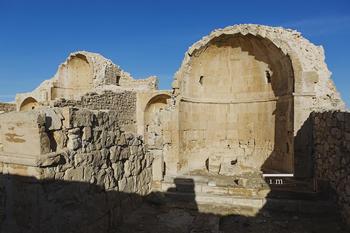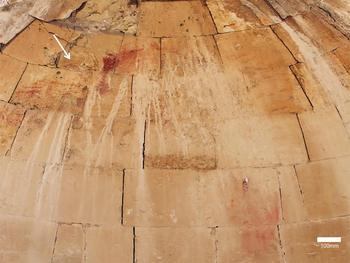Shivta was a large village dated to the Byzantine period, which, at its fifth- to sixth-century AD peak included three churches (Figure 1). The site declined considerably in the Early Islamic period (seventh to late ninth centuries AD), and was then abandoned, until its nineteenth-century rediscovery. We examined the Shivta churches’ main features to reconstruct the site’s historical trajectory in the context of understanding the Byzantine collapse in the Negev Desert (Tepper et al. Reference Tepper, Weissbord and Bar-Oz2015, Reference Tepper, Erickson-Gini, Farhi and Bar-Oz2018). We documented the extant artwork depicting the transfiguration of Christ on the walls of Shivta’s southern church (Linn et al. Reference Linn, Tepper and Bar-Oz2017; Maayan-Fanar Reference Maayan-Fanar2017).
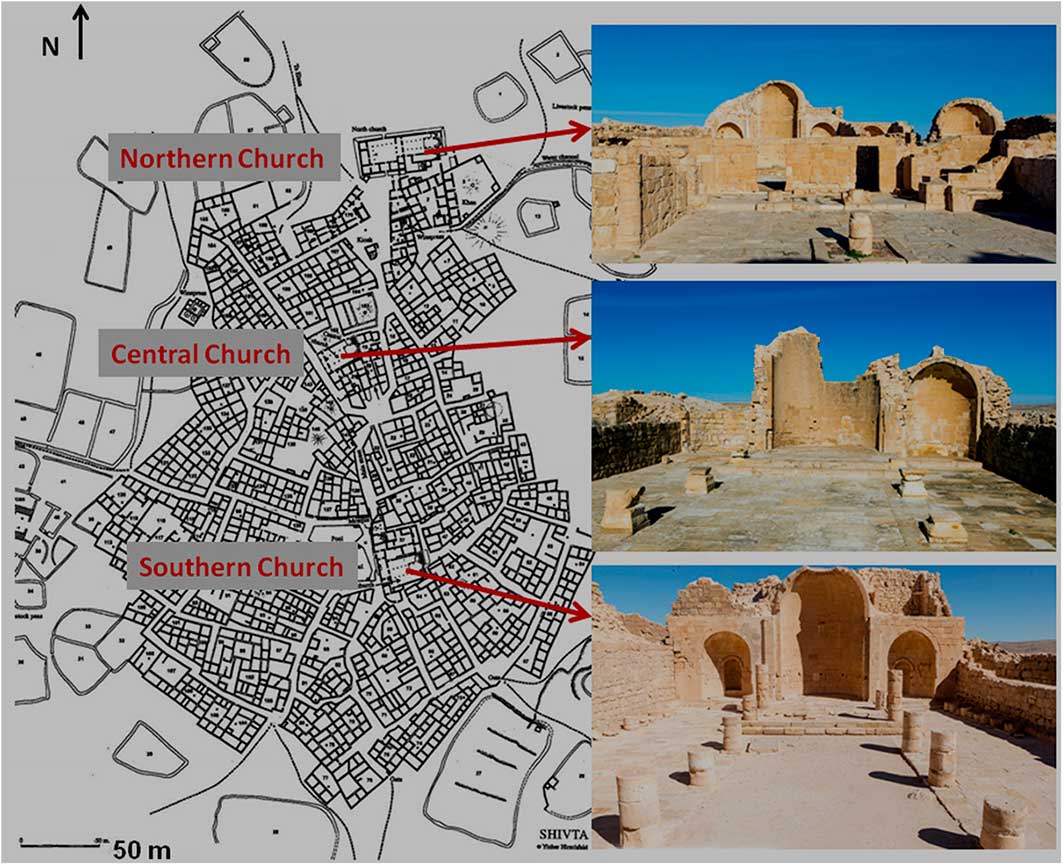
Figure 1 Plan of Shivta, with the location of its three churches shown (site plan amended from Hirschfeld Reference Hirschfeld2003: fig. 3; photographs by Dror Maayan).
The northern church dates to the fifth or sixth century AD (Negev Reference Negev1981; Rosenthal-Heginbottom Reference Rosenthal-Heginbottom1982 ; Segal Reference Segal1985; Margalit Reference Margalit1987). A wall painting was attested within the apse of the Baptistery chamber beside the northern church (Figures 2–4). Due to poor preservation, the painting was only briefly noted in the late 1920s (Mallon Reference Mallon1930). Despite its fragmentary condition, it reveals a youth’s face depicted on the apse’s upper section (Figure 5). The figure has short curly hair, a prolonged face, large eyes and an elongated nose. The neck and upper portion are also observable. To the left of the figure, another, much larger face surrounded by a halo (Figure 4) is visible. Paint traces throughout the apse suggest that these faces were part of a wider scene, which could contain additional figures. The location of the scene—above the crucifix-shaped Baptist font—suggests its identification as the baptism of Christ. Thus, this face portrays the youthful Christ, while the face on the left is most probably of John the Baptist.
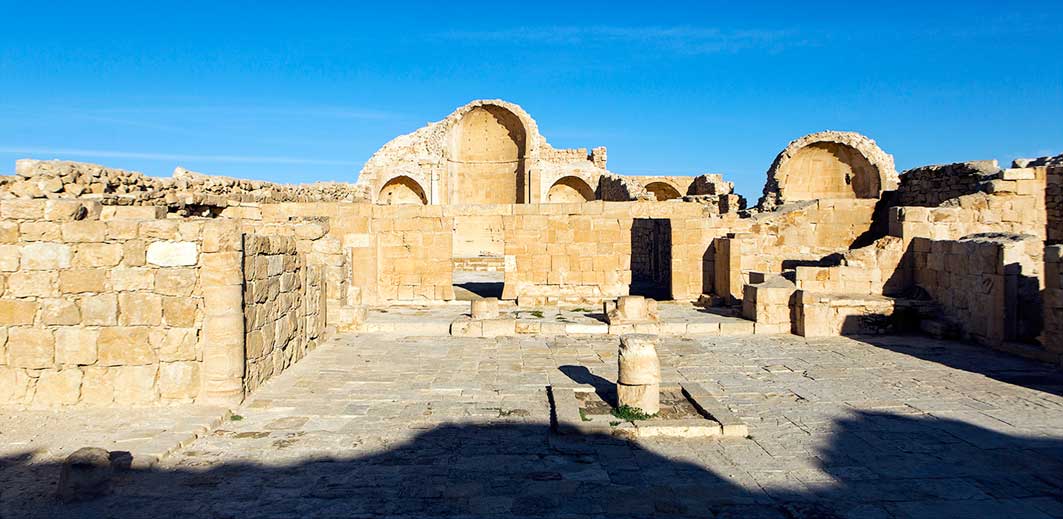
Figure 2 The Northern Church, Shivta (photograph by Dror Maayan).
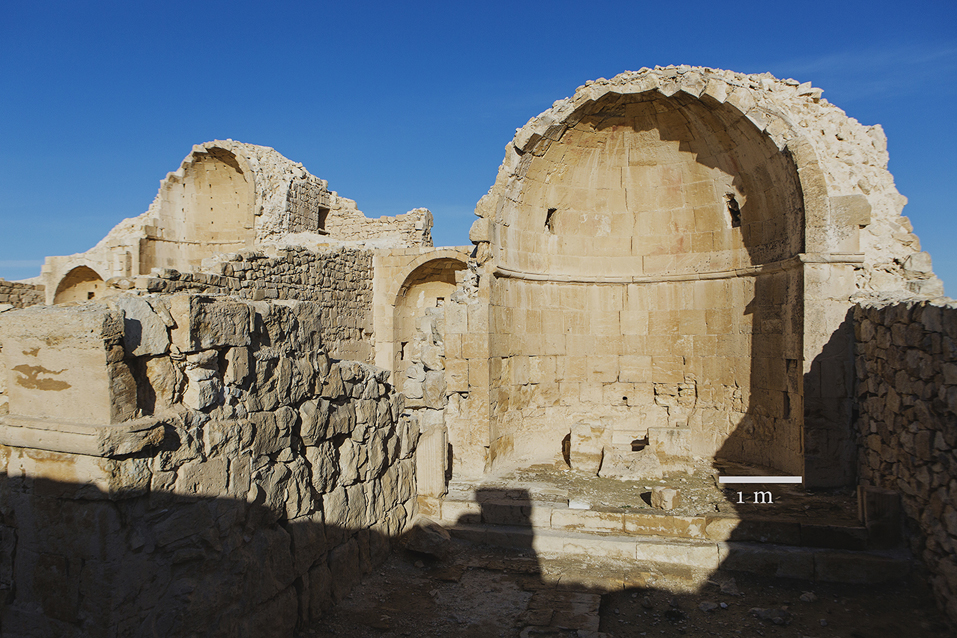
Figure 3 The Baptistery chamber beside the Northern Church, Shivta (photograph by Dror Maayan).
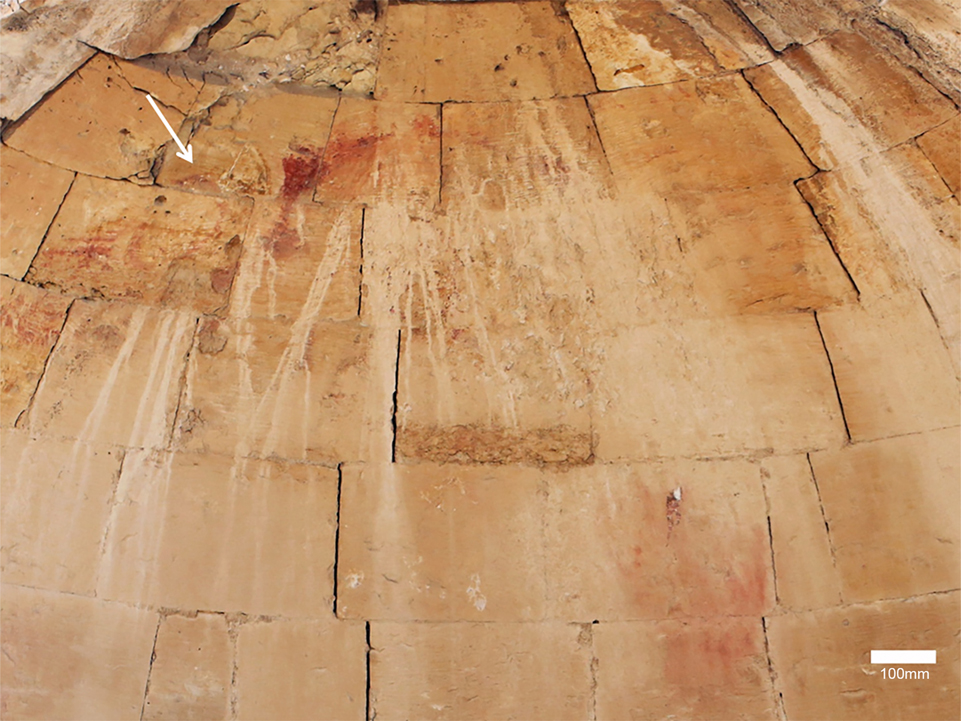
Figure 4 Remnants of the baptism-of-Christ scene (indicated by white arrow) on the apse of the Baptistery chamber (photograph by Dror Maayan).

Figure 5 The face of Christ with proposed reconstruction (photograph by Dror Maayan).
The baptism-of-Christ scene is found frequently in Early Christian and Byzantine art, providing multiple iconograpic and artistic comparisons for the Shivta scene (Jensen Reference Jensen2011). Following the scene’s Early Christian iconographic convention, John the Baptist is clearly proportionally larger than Christ, whose painted figure is much smaller and younger. Christ’s depiction as a youth corresponds to the symbolic notion of baptism as a rebirth.
Christ’s face in this painting is an important discovery in itself. It belongs to the iconographic scheme of a short-haired Christ, which was especially widespread in Egypt and Syro-Palestine, but gone from later Byzantine art. Early sixth-century texts include polemics concerning the authenticity of Christ’s visual appearance, including his hairstyle (Bacci Reference Bacci2014). Based on iconography, we estimate that this scene was also painted in the sixth century AD.
Additional details of the painting at the scene’s centre, surrounding Christ’s face, are hidden beneath an accumulation of dust and mud, which protects the underlying paint layers from further deterioration. We aim to continue studying the painting to ensure its future preservation. As well as gaining a better understanding of the scene’s style and iconography, we will document the remaining paint in the apse, study the materials and techniques used, and determine the conditions and measures required to preserve such an important and sensitive Byzantine relict.
The discovery of this painting is extremely important. Thus far, it is the only in situ baptism-of-Christ scene to date confidently to the pre-iconoclastic Holy Land. Therefore, it can illuminate Byzantine Shivta’s Christian community and Early Christian art across the region.
Acknowledgements
This study was conducted at the Shivta National Park and at a UNESCO World Heritage site, under the licence of the Israel Antiquities Authority (G-87/2015, G-4/2016) and with the permission of the Israel Nature and Parks Authority (6002/16). We are grateful for the assistance of Shivta National Park manager Avi Biton and his personnel. This project has received funding from the European Research Council under the EU’s Horizon 2020 research and innovation programme (648427) and the Israel Science Foundation (340–14).




